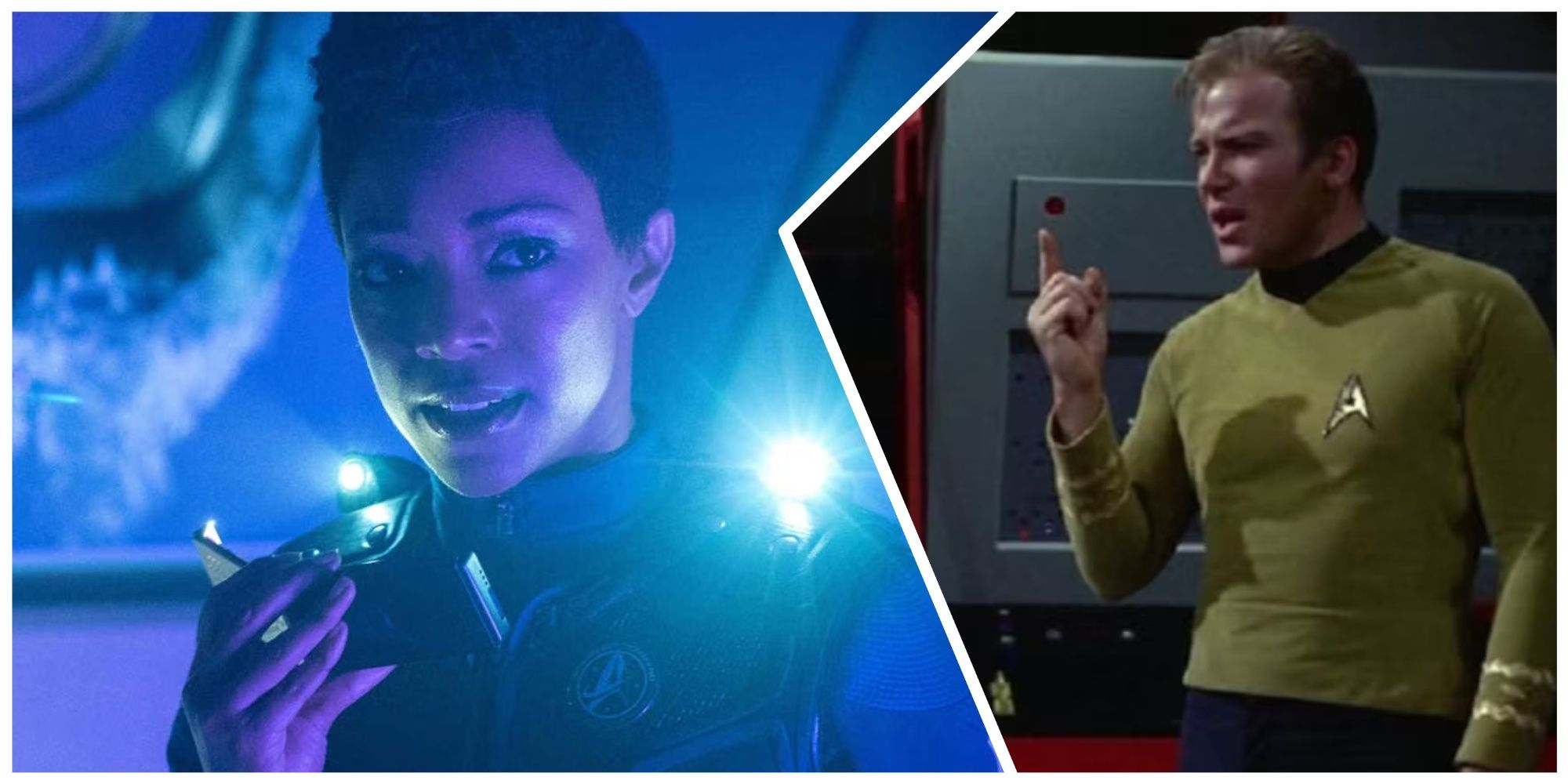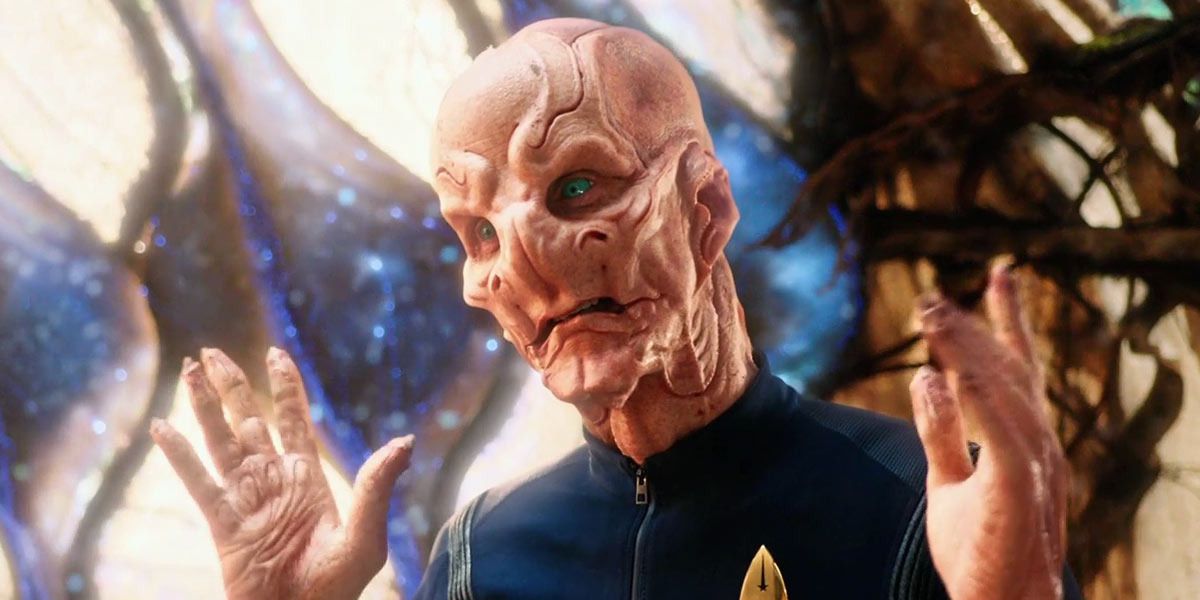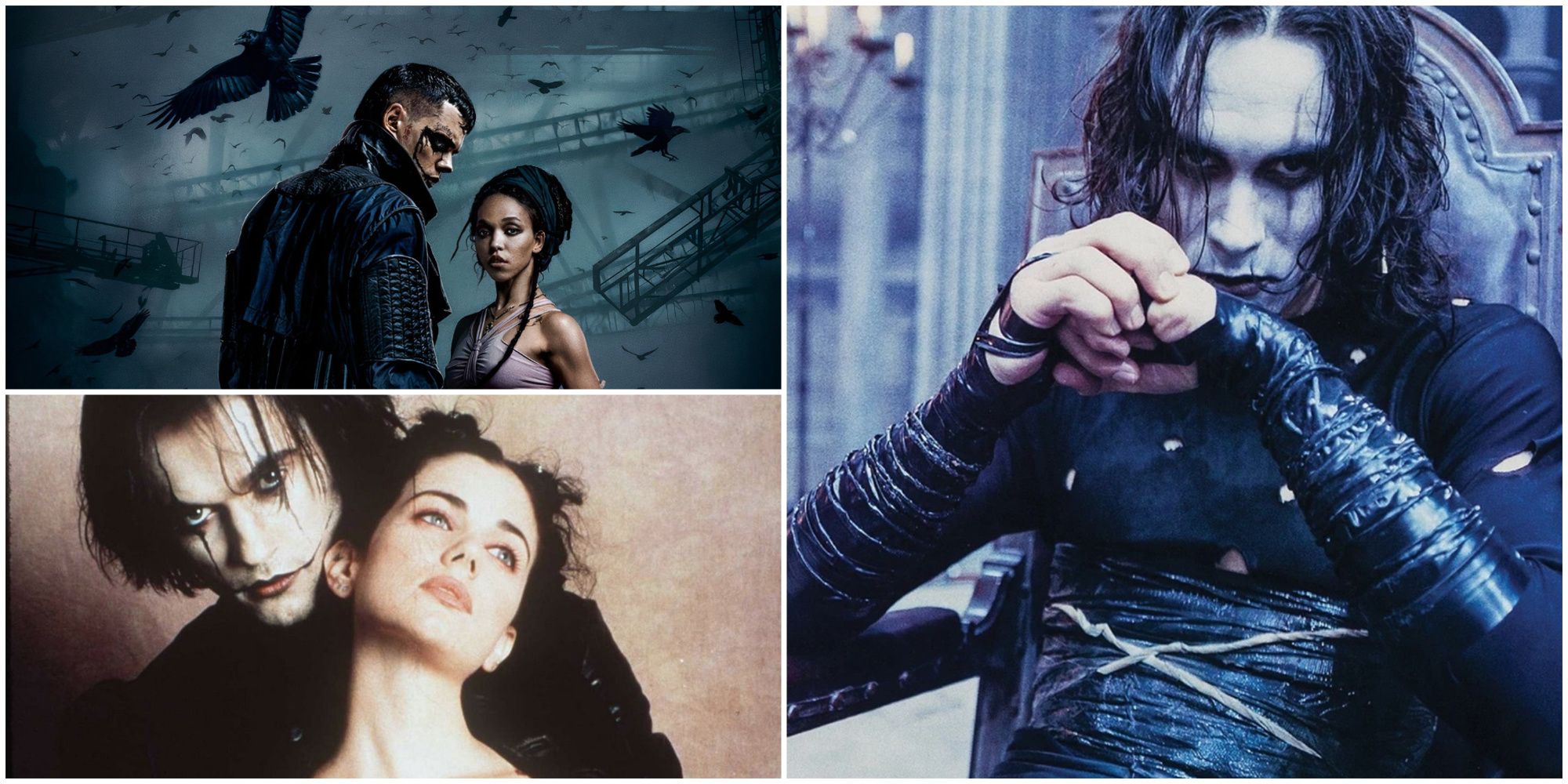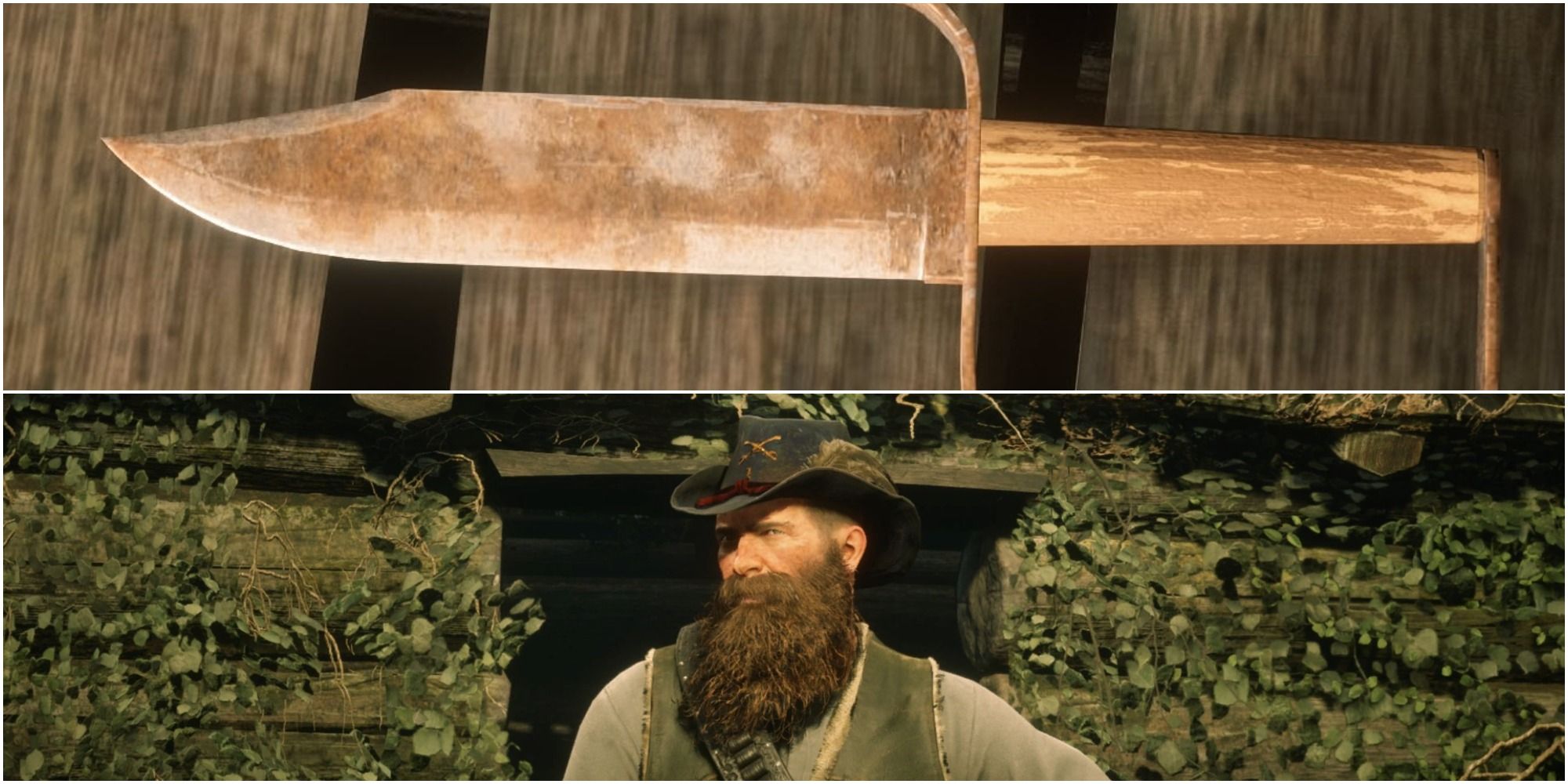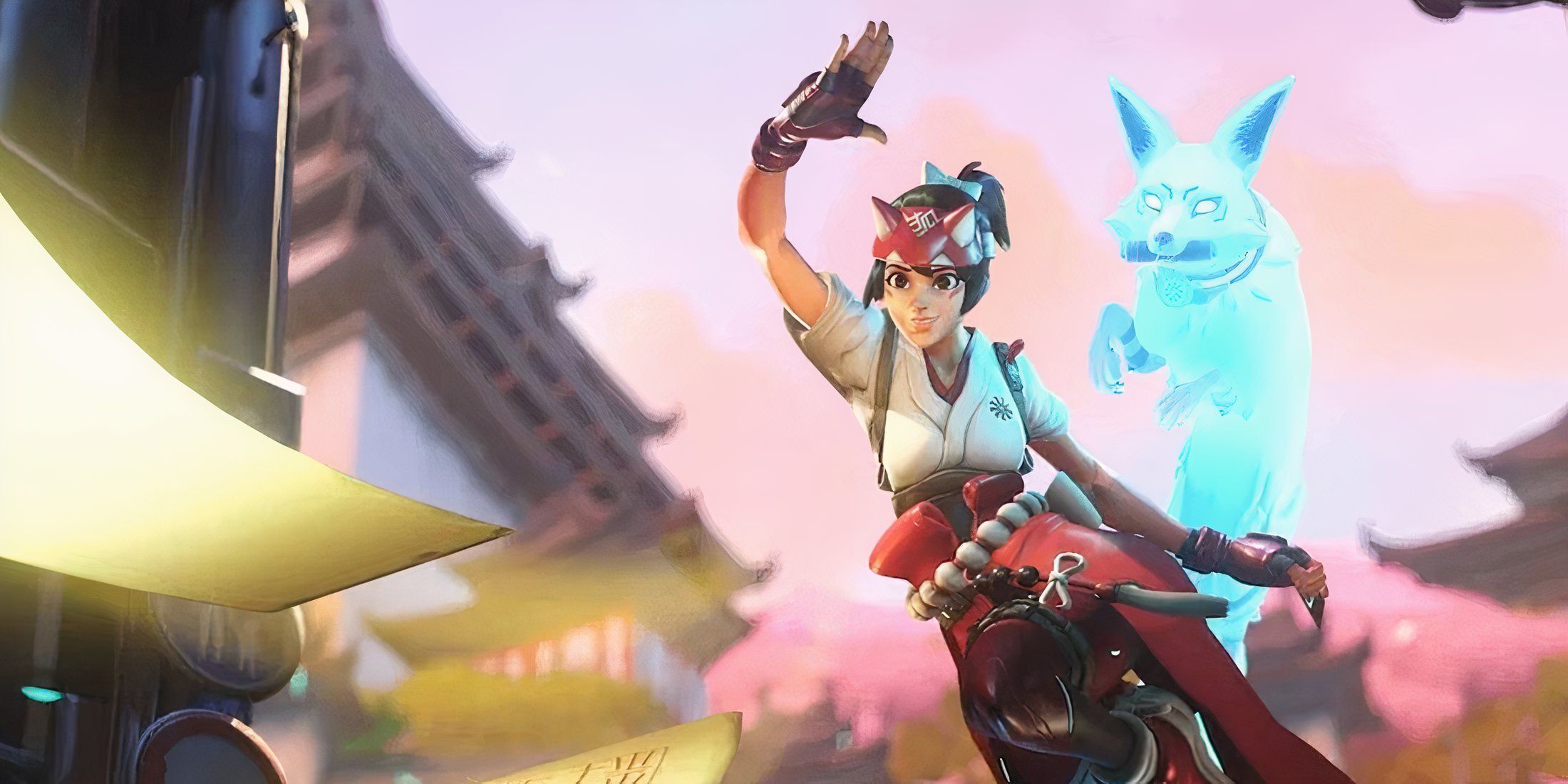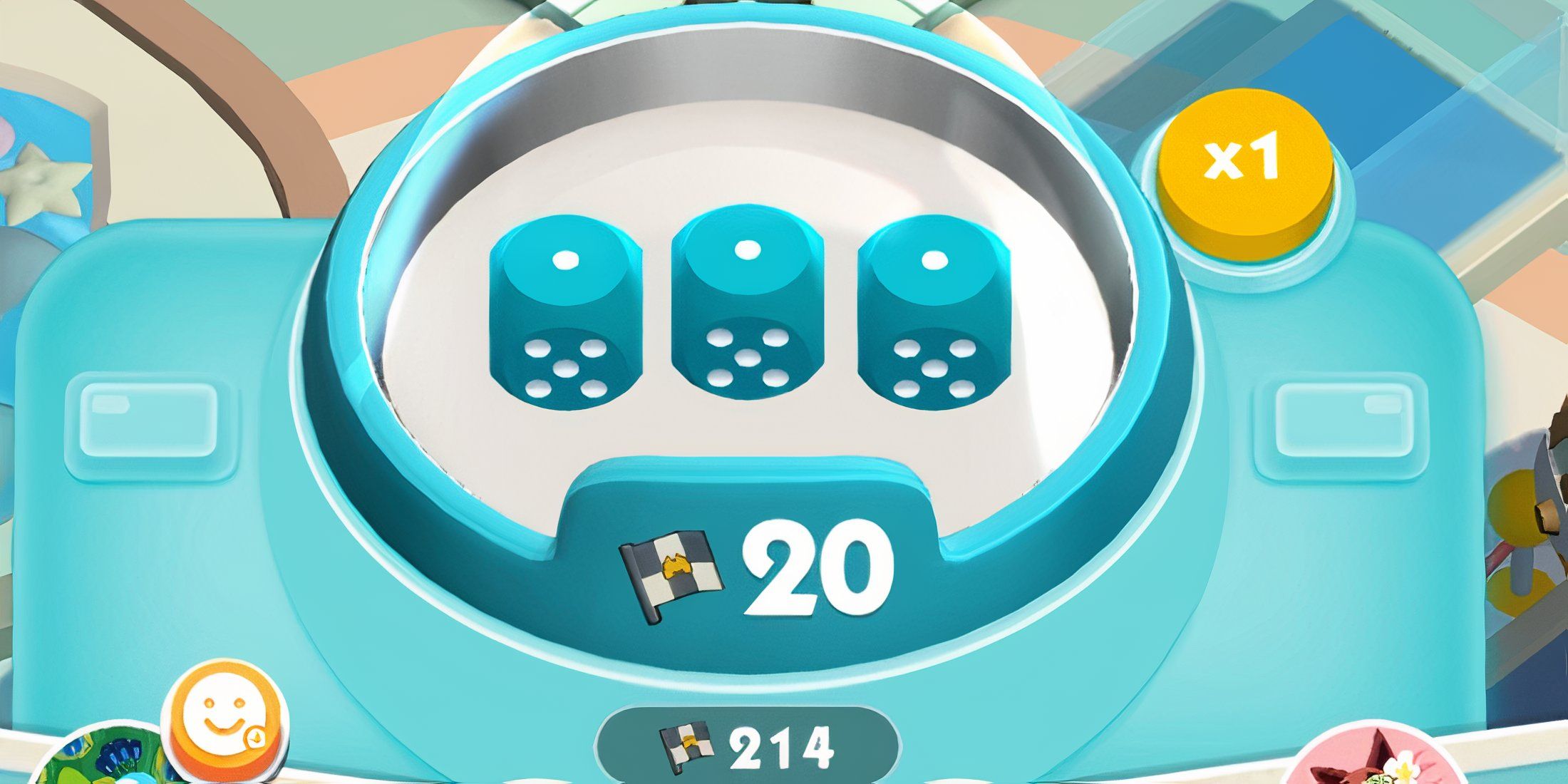When the original Star Trek first hit screens back in 1966, the concept was pitched to audiences as “a wagon train to the stars.” The Enterprise and its crew were soaring off into an unknown, unexplored universe, not unlike the explorers of the old Wild West. There were no rules out here in the vast expanse of space, and even Starfleet protocol was still in its infancy. Kirk, Spock, and the rest often had to improvise to get out of dangerous situations with their lives.
But as the franchise grew, so did the in-universe institutions of Starfleet and the United Federation of Planets. Treaties were signed, conflicts broke out, negotiations ensued, terms were settled — and the cycle began again. Starfleet’s mission of exploration became more strictly defined, and so too did its rules and regulations. There were fewer unknowns in the galaxy, and by the time of The Next Generation, it was no longer a chaotic place. Starfleet still faced conflict in Deep Space 9 and explored uncharted territory in Voyager, but now, in addition to mysteries and alien threats, there was often bureaucratic red tape and political intrigue to deal with. Through it all, Starfleet and its members were disciplined, confident, and ready to spread a brighter future throughout the galaxy.
That changed, though, when Michael Burnham and her crew traveled 900 years into the future in the season 2 finale of Star Trek: Discovery. With the time jump at the start of Season 3, Discovery took Star Trek back into a lawless, chaotic galaxy.
The Early Federation: Two Different Sides
For the crew of The Original Series, meeting unknowns face-to-face often meant danger. Hostile aliens didn’t always listen to reason, especially since the Federation wasn’t quite an interstellar superpower yet. The crew of the Enterprise always had to be prepared to fire phasers set to stun, throw a quick punch to the jaw, or break out the tried-and-true Vulcan nerve pinch.
Michael Burnham and the crew of Discovery also came from the days of the Federation’s infancy. But unlike the Enterprise, they weren’t charting unknown space. In Season 1, they worked as part of the war effort, helping the Federation fight the Klingons and developing technology to do so. In Season 2, they tracked the seven red signals and tried to thwart the AI called Control.
Of course, there were still plenty of mysteries to uncover and things to learn — the mechanics of time travel, the mysteries of the mycelial network. But Discovery’s early themes had less to do with exploring the final frontier. Through their sci-fi concepts, seasons 1 and 2 explored ideas like the ethics of war and the consequences of technological advancement. Other Star Trek shows had done the same before them.
There are plenty of legitimate real-world reasons why the show’s creators may have decided on the time jump that Discovery took at the end of its second season. Perhaps the show’s retcons were starting to make things complicated. Perhaps they didn’t want to eventually overlap with the timeline of The Original Series. Maybe they simply recognized the need and the opportunity to shake things up, to take both the crew and the audience out of their comfort zones. Regardless, it was a bold decision, and one that reintroduced the idea of diving headfirst into the unknown.
How The Burn Reintroduced A Lawless Galaxy
When she lands in the 31st century, Michael Burnham quickly learns that this galaxy is vastly different from the one she left behind. Starfleet is a distant memory, the Federation is a shadow of its former self, and a criminal organization called the Emerald Chain has a chokehold on the majority of resources. All of this is the result of an event known as the Burn, which took place about a century before Discovery’s arrival. All the dilithium in the galaxy went inert, and thousands of ships detonated. The result was mass death, and without dilithium, the inability to travel at warp.
After the Burn, interplanetary alliances crumbled, and planets left the United Federation one after another until it was barely a skeleton of what it once was. Its influence weakened, until it was no longer able to maintain law, order, and peace as it once had. With the Federation almost gone, the people of the galaxy were left to fend for themselves. Mercenary groups, smugglers, and independent contractors carved lives for themselves in space. The galaxy was, as it had been in Kirk and Spock’s day, a wild frontier.
A World Full Of Unknowns
Michael, Saru, and their crew had to navigate a galaxy which they knew nothing about. The planets, alien species, and even a few of the factions might have familiar names, but they were vastly different from what the Discovery crew remembered. The planet Vulcan had become Ni’Var; the warring Vulcans and Romulans were cultivating peace between their two societies. The Klingons, whom the Discovery crew remembered as the Federation’s greatest enemy, had become their allies and then receded to being strangers again. Many people throughout the galaxy had more or less forgotten the Federation — or even spurned it, holding them partially responsible for the Burn.
Discovery’s job, then, was to gather information, build bridges, and forge alliances in their search to solve the mystery of the Burn and restore the Federation to its former glory. Michael, like her brother Spock, had to know when to speak and when to spring into action. Saru, a formerly cautious man who was new to taking risks, had to learn to do so in a measured and calculated way. Tilly learned to take charge; Stamets learned to reach out for help and expertise. Like Kirk and his crewmates, they were thrust into unfamiliar situations time and again. Ultimately, just like in The Original Series, these trials not only brought out the best in the show’s characters, but provided an adventure for viewers that was familiar, yet wonderfully refreshing.


